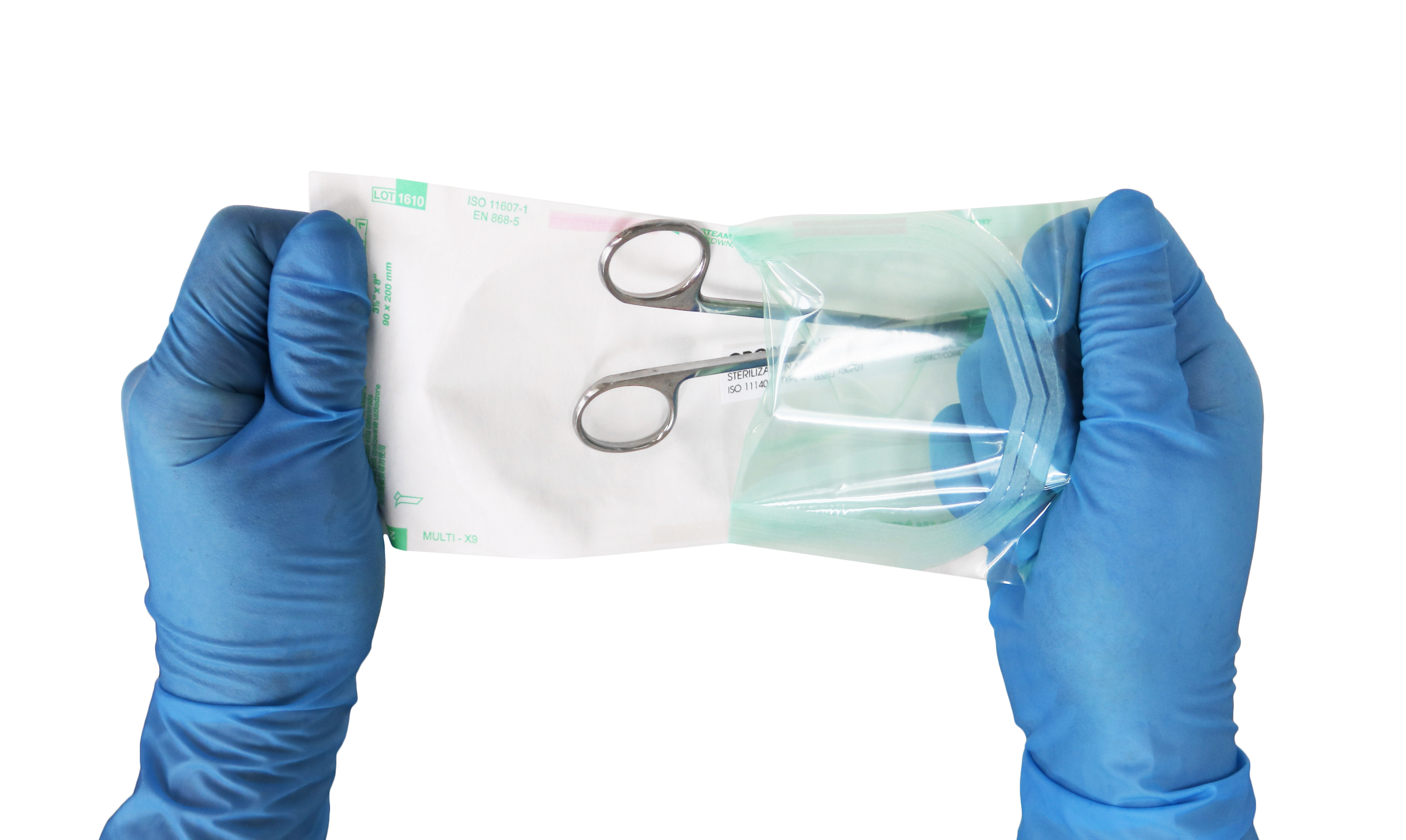CHANGE IS ALWAYS TAKING PLACE – ISSUE NO. 83
January 1, 2011
The story I am going to post reminded me of my training as a paramedic. Back in 1975 while I was working as a sterilization orderly, I also attended paramedic class. We were taught the A, B, C for CPR; Airway, Breathing and Circulation. It has been shown that we need to change our way of doing things when it comes to CPR.
Save a life with Hands-Only CPR
It's easier than ever now to save a life with Hands-Only CPR! Studies have shown that in cardiac arrest emergencies, Hands-Only CPR can be just as effective as conventional CPR with rescue breathing.
When an adult has a sudden cardiac arrest, his or her survival depends greatly on immediately getting CPR from someone nearby. Unfortunately, less than1/3 of people who experience a cardiac arrest at home, work or in a public location get that help. Some bystanders are worried that they might do something wrong or make things worse. Some people are simply not comfortable performing rescue breathing. It takes 9-1-1 emergency dispatchers less time to teach Hands-Only CPR over the phone. That's one of the many reasons why the American Heart Association has simplified things.
Hands-only CPR consists of the rescuer first calling 9-1-1 for help. Then, the rescuer places both hands - one on top of the other - in the center of the victim's chest and performs hard and fast compressions. These compressions distribute oxygen through the bloodstream until more help arrives. Health professionals with CPR training will still do rescue breathing as part of CPR.
(This story was originally posted on the Huron Valley Ambulance web page - www.hva.org)
This story made me think that healthcare in every venue is always changing. Research and studies are helping us each day. We have to be open to change. As 2011 starts let us be open to the new and many changes that are head of us not only in our work but our life.
As Always "Keep it Clean"!
HAVE A QUESTION?
WE ARE HERE TO HELP
Have a question about our products? Contact us today to speak directly to a Healthmark team member or shop our catalog now to request a inquiry


